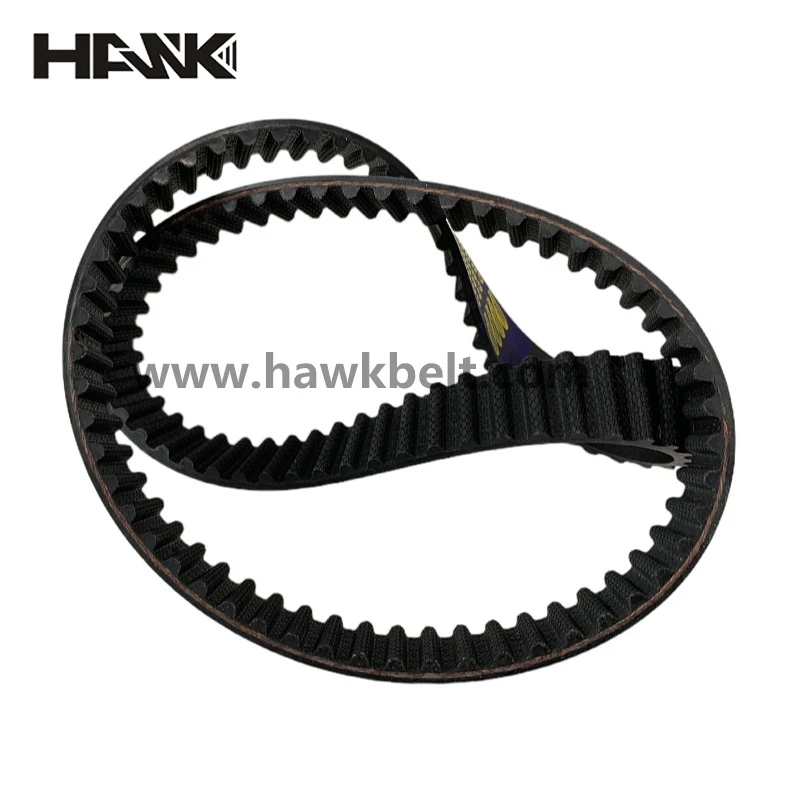- Arabic
- French
- Russian
- Spanish
- Portuguese
- Turkish
- Armenian
- English
- Albanian
- Amharic
- Azerbaijani
- Basque
- Belarusian
- Bengali
- Bosnian
- Bulgarian
- Catalan
- Cebuano
- Corsican
- Croatian
- Czech
- Danish
- Dutch
- Afrikaans
- Esperanto
- Estonian
- Finnish
- Frisian
- Galician
- Georgian
- German
- Greek
- Gujarati
- Haitian Creole
- hausa
- hawaiian
- Hebrew
- Hindi
- Miao
- Hungarian
- Icelandic
- igbo
- Indonesian
- irish
- Italian
- Japanese
- Javanese
- Kannada
- kazakh
- Khmer
- Rwandese
- Korean
- Kurdish
- Kyrgyz
- Lao
- Latin
- Latvian
- Lithuanian
- Luxembourgish
- Macedonian
- Malgashi
- Malay
- Malayalam
- Maltese
- Maori
- Marathi
- Mongolian
- Myanmar
- Nepali
- Norwegian
- Norwegian
- Occitan
- Pashto
- Persian
- Polish
- Punjabi
- Romanian
- Samoan
- Scottish Gaelic
- Serbian
- Sesotho
- Shona
- Sindhi
- Sinhala
- Slovak
- Slovenian
- Somali
- Sundanese
- Swahili
- Swedish
- Tagalog
- Tajik
- Tamil
- Tatar
- Telugu
- Thai
- Turkmen
- Ukrainian
- Urdu
- Uighur
- Uzbek
- Vietnamese
- Welsh
- Bantu
- Yiddish
- Yoruba
- Zulu
Oct . 13, 2024 06:40 Back to list
Standardized V-Belt Sizes and Specifications for Optimal Performance and Compatibility
Understanding V-Belt Standard Sizes
When it comes to power transmission in machinery, V-belts play a crucial role. They are a vital component in various applications, providing an efficient means of transferring power from one component to another. However, the effectiveness of a V-belt largely depends on its size, which is where V-belt standard sizes come into play. Understanding these standards is essential for anyone involved in maintenance or replacement of belts in industrial or commercial equipment.
What is a V-Belt?
A V-belt is a type of belt that has a trapezoidal cross-section, which allows it to fit snugly into a corresponding V-shaped groove on pulleys. This design increases friction between the belt and the pulley, enabling it to transmit greater loads. V-belts are widely used in various applications such as automotive engines, agricultural machinery, and industrial equipment due to their ability to handle a significant amount of torque.
Standard Sizes of V-Belts
V-belts are classified by their dimensions, which include length, width, and angle of the cross-section. These dimensions are governed by industry standards that help ensure compatibility among different manufacturers. The most commonly referenced standards for V-belt sizes include the American National Standards Institute (ANSI), the International Organization for Standardization (ISO), and others.
1. Length The length of a V-belt is typically measured in inches or millimeters, and standard lengths can vary from shorter belts of about 30 inches (762 mm) to longer belts exceeding 200 inches (5080 mm). The length is crucial as it directly influences the speed and efficiency of power transmission.
2. Width V-belts also come in various widths. Common widths include 0.5 inches, 0.75 inches, and 1 inch (12.7 mm, 19.05 mm, and 25.4 mm respectively). The width of the belt affects how much power it can transmit; wider belts can handle greater loads.
3. Angle The angle of the V-belt cross-section determines how it fits in the pulley groove. Standard angles include 30, 34, and 40 degrees. The choice of angle often depends on the application and the specific requirements of the machinery.
Common Types of V-Belts
v belt standard sizes

There are several types of V-belts, each designed for specific applications, reflecting their standard sizes and performance characteristics
. The most common types include- Classical V-Belts These are the traditional belts that are most widely used. They are available in various sizes based on the standards mentioned earlier.
- Narrow V-Belts These belts are more efficient because they have a smaller width but still maintain a high power-to-weight ratio.
- Cogged V-Belts Cogs or notches are added to these belts, allowing for more flexibility and better grip on the pulleys, which enhances performance in demanding applications.
- Fractional Horsepower V-Belts These are designed for smaller machines and applications requiring less power.
Choosing the Right V-Belt
Selecting the correct V-belt for your application is critical. One must consider factors such as the type of machinery, the amount of power being transmitted, and the operating environment. It's essential to consult the manufacturer’s specifications and adhere to the standard sizes when making replacements to ensure optimal performance and longevity.
Conclusion
V-belt standard sizes are a fundamental aspect of maintaining efficient power transmission systems in various machines. By understanding the classifications, lengths, widths, and types of V-belts, operators and maintenance personnel can make informed decisions when it comes to choosing the right belt for their specific needs. Regular inspection and timely replacement of V-belts can greatly improve the reliability and performance of machinery, ultimately contributing to more efficient operations and reduced downtime.
-
Upgrade Power Steering Pump Belt for Smooth, Quiet Operation
NewsAug.27,2025
-
Precision Timing Belt & Chain: Engine Performance & Durability
NewsAug.26,2025
-
Precision Lathe Drive Belts: Durable & Reliable Performance
NewsAug.25,2025
-
84.5 Serpentine Belt: Durable & Precision Fit for Your Engine
NewsAug.24,2025
-
Premium Ribbed Drive Belts for Quiet Power Transmission
NewsAug.23,2025
-
High-Performance Vehicle Timing Belt for Engine Precision
NewsAug.22,2025

